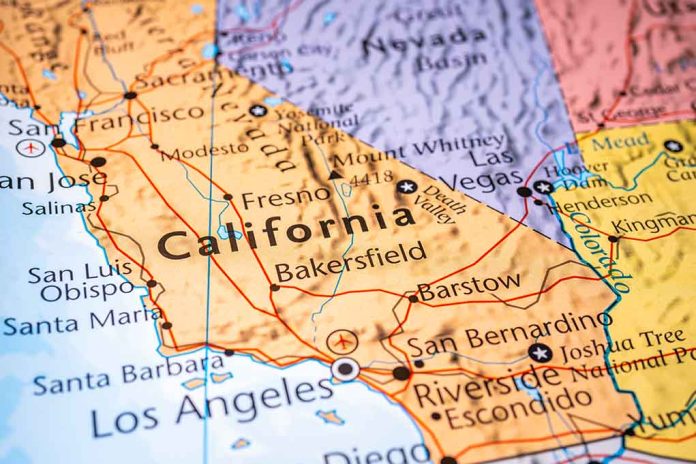
San Diego urges the federal government to declare a national emergency over the Tijuana River Valley’s ongoing sewage crisis, reflecting decades of environmental negligence.
At a Glance
- San Diego city council passed a resolution seeking national emergency status for the Tijuana River Valley sewage issue.
- 200 billion gallons of waste have entered the U.S. since 2018, necessitating federal intervention.
- Research highlights health risks, including hazardous gases harming the community.
- California urges the President to declare a national emergency.
- Key legislation aims to consolidate efforts for infrastructure improvements.
National Emergency Request
San Diego’s city council unanimously passed a resolution to convince the federal government to label the ongoing sewage overflow in the Tijuana River Valley as a national emergency. This move, solidified by a 7-0 vote, seeks to compel the Environmental Protection Agency (EPA) to ensure full funding. The measure underscores the severity of a pollution crisis that has plagued the region for over thirty years.
Decades of Insufficient Responses
More than 200 billion gallons of toxic waste have crossed into the U.S. since October 2018. Despite previous emergency declarations, solutions implemented up to this point have proven inadequate. Councilwoman Vivian Moreno emphasized the health risks from high doses of noxious gases permeating the air. Meanwhile, the U.S. International Boundary and Water Commission (USIBWC) has only spent $4 million of its $40 million allocation, underscoring a gross underutilization of resources.
Recently, researchers discovered high levels of toxic gases in south San Diego due to sewage pollution in the Tijuana River. I'm reiterating my call for a federal state of emergency – our communities cannot wait. We need action now. More: pic.twitter.com/MFf4tPs6NZ
— Rep. Juan Vargas (@RepJuanVargas) September 9, 2024
Health Concerns and Air Quality
Research by San Diego State University and UC San Diego highlights the emission of dangerous gases like hydrogen sulfide. Though some scientific measurements have faced scrutiny, the danger remains serious. According to atmospheric chemist Kim Prather, detected levels of hydrogen sulfide present a public concern, even if official figures suggest they linger below safety thresholds.
“Hydrogen sulfide levels would have to be much higher (50 parts per million or more) to expect widespread health impacts,” she added.
Federal Intervention and Legislative Action
U.S. Senator Alex Padilla and Representative Juan Vargas are leading legislative efforts to quicken the infrastructure solution’s process. They have introduced bills to consolidate project efforts under the EPA’s purview. According to Senator Padilla, addressing these sewage issues is critical not just for public health but for maintaining national security by protecting military readiness at the U.S.-Mexico border.
“It should be an outrage to all of us that in 2024, raw sewage and toxic waste is shutting down public beaches, polluting the air, and threatening the health of our families and readiness of our military and border personnel.”
Conclusion and the Path Forward
The California Legislature’s approval of Assembly Joint Resolution 12 exemplifies escalating efforts to prompt federal action. President Biden is urged to declare a national emergency to enable full funding and support for infrastructure enhancements in San Ysidro. These measures aspire to capture and treat the polluted water and follow a strategy to avert further ecological impacts. Resolute action is imperative if enduring improvements in public health protection and environmental revitalization are to be made.
Sources
1. San Diego City Council asks federal government to declare national crisis in Tijuana River
2. Scientists May Transform Border Sewage Crisis Into Air Pollution Crisis with Enormous Stakes









